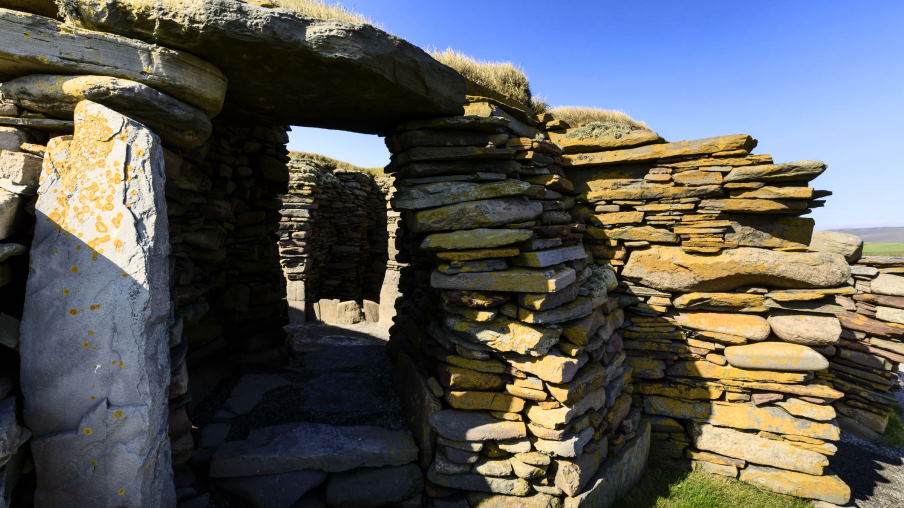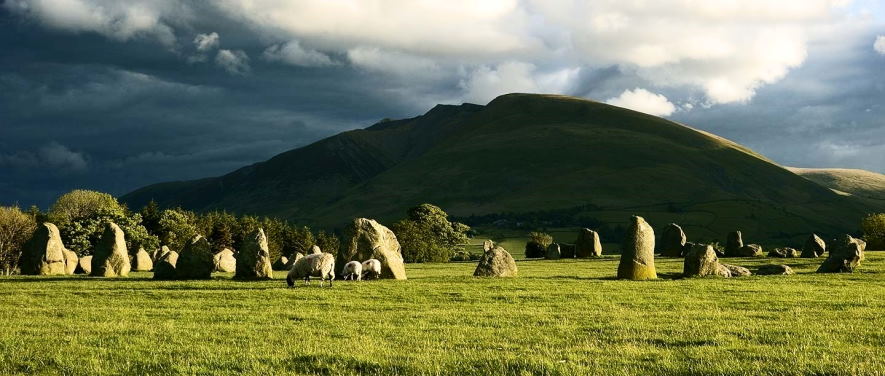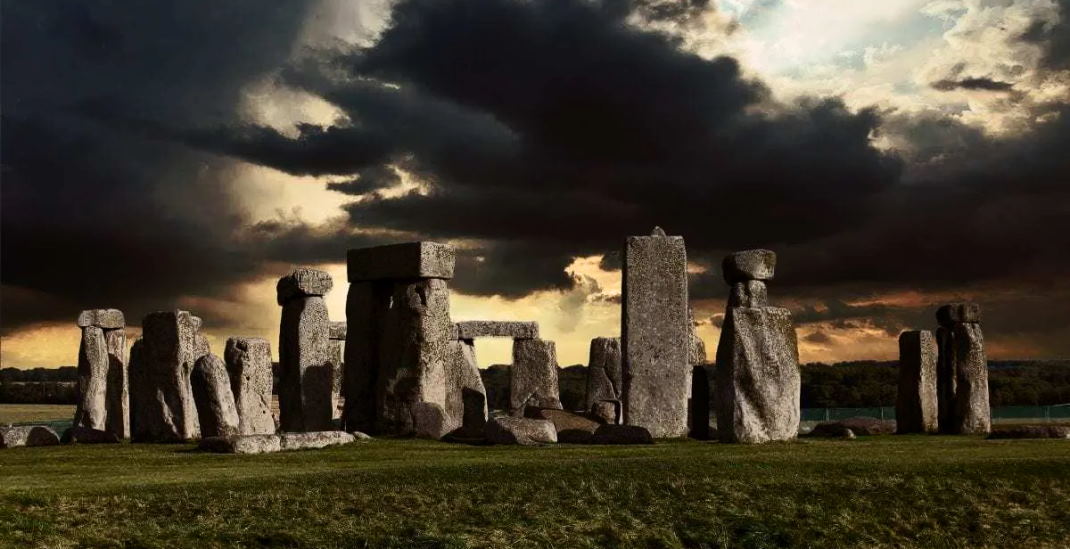Who doesn’t love a good mystery? And what could be more mysterious than ancient monuments that have been standing for centuries, maybe even millennia? So if you’re looking for a bit of history and mystery on your next vacation, why not check out some of the prehistoric monuments in England? From Stonehenge to Avebury, there are plenty of ancient sites to explore. So pack your bags and get ready for an adventure!
Secrets of the stones: unearthing the mysteries of England’s prehistoric monuments
- Stonehenge
A visit to England is not complete without seeing the world-famous Stonehenge. This prehistoric monument is thought to have been built between 3100 and 2500 BC, and it is one of the world’s most famous examples of Neolithic architecture. The exact purpose of Stonehenge is still unknown, but it is thought to have been used for religious or ceremonial purposes. Today, Stonehenge is a popular tourist destination, and it is also a UNESCO World Heritage Site
- Avebury
Avebury is another prehistoric monument worth visiting when you are in England. This site consists of a large stone circle, several smaller stone circles, and burial mounds. The Avebury stone circle is the largest of its kind in Europe and is thought to have been built between 2600 and 2400 BC. Like Stonehenge, the exact purpose of Avebury is still unknown, but it is thought to have been used for religious or ceremonial purposes. Avebury is a popular tourist destination and a UNESCO World Heritage Site.

- Silbury Hill
Silbury Hill is a prehistoric monument that is located near Avebury. This man-made hill is considered to have been built between 2650 and 2500 BC and is the largest man-made mound in Europe. The exact purpose of Silbury Hill is still unknown, but it has been suggested that it was used as a burial mound or as a ceremonial site. Silbury Hill is a popular tourist destination and a UNESCO World Heritage Site.
- Windmill Hill
Windmill Hill is another prehistoric monument that is located near Avebury. This site consists of a series of earthen mounds, which are thought to have been used for domestic and ceremonial purposes. The Windmill Hill site is thought to date back to around 2600 BC, and it is a popular tourist destination today.
- The Cotswold-Severn Cairns
The Cotswold-Severn Cairns are a group of seven prehistoric burial mounds located in the Cotswold region of England. These mounds are thought to date back to around 2500 BC and are some of the largest Neolithic burial mounds in Europe. Today, the Cotswold-Severn Cairns is a popular tourist destination and a UNESCO World Heritage Site.
- The Hurlers
The Hurlers is a group of three stone circles located on Bodmin Moor in Cornwall. These circles are thought to date back to the Bronze Age and are believed to have been used for ceremonial purposes. Today, the Hurlers is a popular tourist destination, and it is also a scheduled monument.

- The Ring of Brodgar
The Ring of Brodgar is a stone circle located on the Orkney Islands, off the coast of Scotland. This circle is thought to date back to the Neolithic period and is believed to have been used for ceremonial purposes. Today, the Ring of Brodgar is a popular tourist destination and a scheduled monument.
- The Callanish Stones
The Callanish Stones is a group of standing stones located on the Isle of Lewis in the Outer Hebrides, off the coast of Scotland. This monument is thought to date back to the Neolithic period, and it is believed to have been used for ceremonial purposes. Today, the Callanish Stones is a popular tourist destination, and it is also a scheduled monument.
- Maiden Castle
Maiden Castle is an Iron Age hillfort located in Dorset, England. This fort is thought to have been built around 600 BC and was used as a defensive structure during times of conflict. Today, Maiden Castle is a popular tourist destination, and it is also a scheduled monument.
- Hadrian’s Wall
Hadrian’s wall is a Roman fortification built in 122 AD by the Emperor Hadrian. This wall stretched for 73 miles across the width of England and was used to defend the Roman province of Britannia from invasions by barbarian tribes. Today, Hadrian’s Wall is a popular tourist destination and a UNESCO World Heritage Site.






